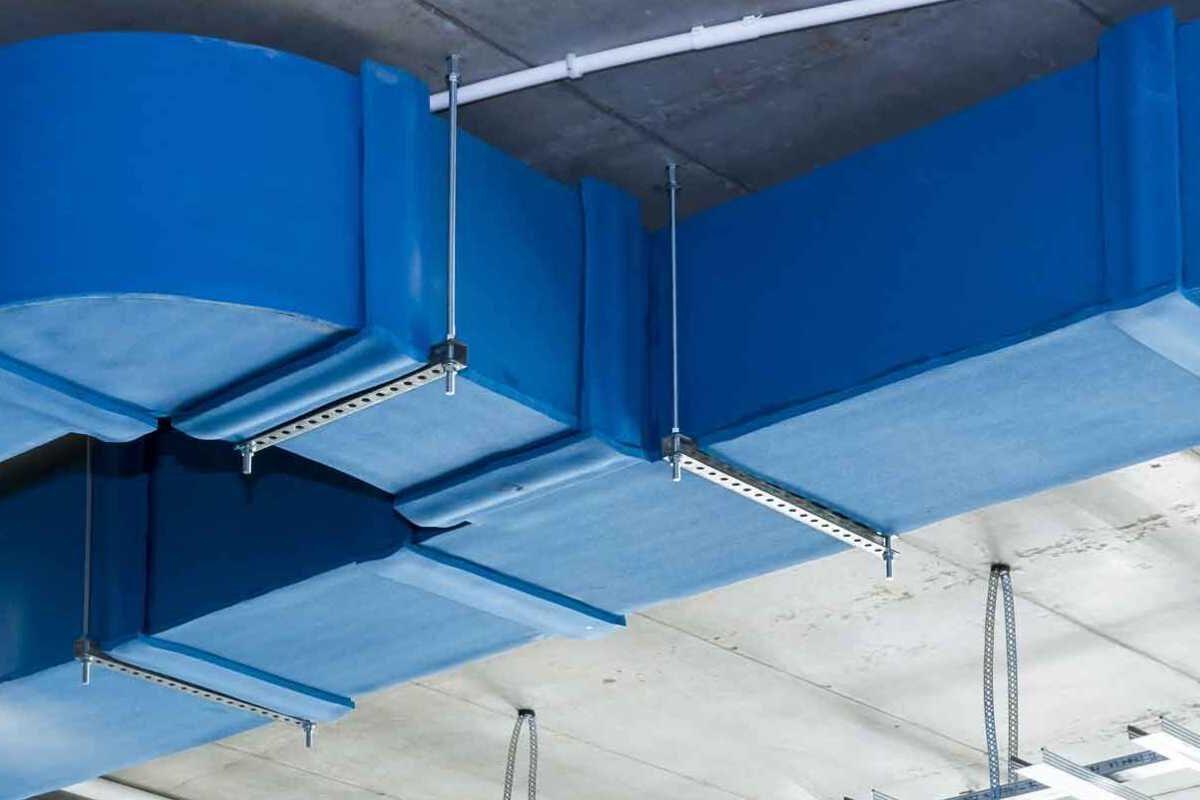
Architectural Metal for Fire Resistance
Architectural metal is a type of metal that is specially designed for use in Construction. It is usually made from steel or aluminum and is available in a variety of sizes and shapes. Architectural metal is used for a variety of purposes, including structural support, cladding, and decoration. It can also be used for Fire resistance as well.
Usually, architectural metals for Fire resistance are made from steel or aluminum. They have a high melting point, so they are Ideal for fire-resistant applications. Buildings and other structures that need to withstand high Temperatures are constructed with architectural metals for fire resistance. This type of metal is also sometimes used in the Manufacturing of fireproof clothing and other materials.
Benefits of the use of Architectural Metal for Fire Resistance:
There are many benefits when using Architectural metals for fire-resistant properties. Metal is a great Conductor of heat and flame which means it can assist in spreading the heat of a fire in a uniform and swift manner across a building. This could help prevent the creation of hot areas where the fire may grow out of control.
Metal is also very strong and durable, so it can help to support the weight of a Building during a fire. It is also non-combustible and therefore won’t cause the spread of the fire. This can be key in making sure that Fires do not quickly spread through the structure. Overall, using Architectural steel to resist fire has many advantages and can assist in keeping a building safe in the event of a fire.
Designing Fire-Resistant Buildings with Architectural Metal
When designing buildings that are fireproof one of the primary things to think about is the kind of materials that will be utilized. While a wide range of materials provides some degree of fire protection Architectural metals is usually the best choices. Not only do they offer the highest level of fire resistance and durability, but they are a great addition to a unique and elegant look to Buildings.
There are many ways in which Architectural metals can be used to construct fire-proof structures. One method that is common is to apply metal cladding for the outside of the structure. This cladding helps to reflect heat and protect the inner structure from exposure to flames. Another method of incorporating metal into fire-proof designs is by using steel framing. This creates a sturdy and robust framework that is able to withstand high temperatures and the weight of heavyweights.
When you are deciding on the best type of Architectural metal to suit your particular project there are several things to take into consideration. First, you must consider the level of fire resistance. Some metals have a Lower melting point and might not be suitable for use where extreme temperatures are expected. The other factor is Cost. Metals that aren’t flammable can be expensive, yet they offer outstanding resistance to fire. The third element is weight. Certain metals are extremely heavy and might not be appropriate for all Projects.
How to Test the Fire Resistance of Architectural Metal?
There are a variety of methods for testing the resistance to fire in architectural metal. The most popular method is to use a rating system that is fire-resistant. It is based on an arbitrary scale from one to four which is four as the strongest. Materials are rated by how long they can withstand being exposed to intense heat before beginning to deteriorate. Another way to test fire resistance is the fire-retardant materials test. This test measures how quickly a material will extinguish a flame when it comes into contact with it. The faster a material can extinguish a flame, the more fire-resistant it is considered to be.
Last method to test for resistance to fire is with the use of simulation burn tests. In these tests, pieces of the material under test are exposed to extremely high temperatures for extended periods of time. These results are used to determine whether the material can be able to withstand Fires. Whatever method is utilized to test the resistance to fire of architectural metal is crucial to ensure that structures constructed using these metals will be protected in the event of a fire.
Comparison of Architectural Metal and Other Fire Resistant Building Materials
A variety of materials are available for use in Constructing fire-resistant buildings. Among these are various types of architectural metal, which have been used extensively in both Commercial and Industrial applications. While metal has long been known for its strength and durability, its fire-resistant properties have only recently come to be appreciated. In comparison to other materials such as wood or concrete, metal is far more resistant to fire damage.
Overall, architectural metal has many advantages when compared to other fire-resistant building materials. It is durable, non-combustible, and recyclable – making it an Ideal choice for a variety of applications.
The Role of Architects and Engineers in incorporating Fire-Resistant Architectural Metal: When it comes to incorporating fire-resistant architectural metal into a building, architects, and engineers play a vital role. They are responsible for making sure that the metal is properly incorporated into the design of the building so that it can effectively resist fire. This includes ensuring that the metal is correctly placed, choosing the right type of metal for the job, and specifying the appropriate thickness and coating for the metal.
Fire-resistant architectural metals are an important part of making sure our buildings are safe. By working closely with architects and engineers, we can make sure that these metals are used correctly and effectively in our buildings.
